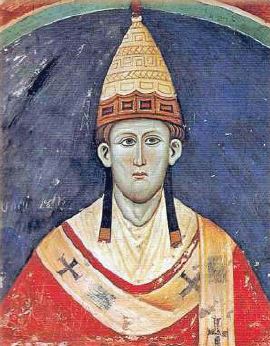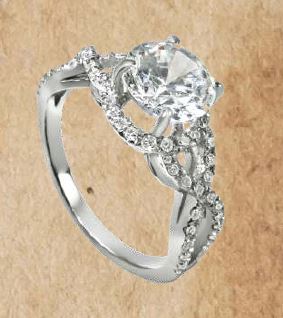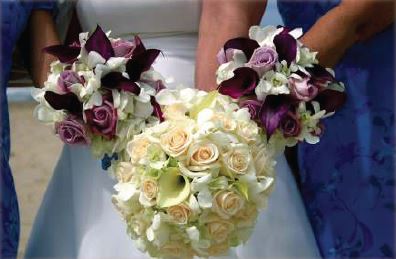The Rose Knows – June 2018
Felix Mendelsshn’s Wedding March written in 1842 is heard throughout churches especially in June, the month of weddings. Most of us carry out traditional wedding customs without much thought as to their origins.
Here Comes the Bride
 Customs concerning the bride are steeped in both ancient and Victorian times. Pope Innocent III in 1214 promulgated marital commitment with the engagement ring. Maximillian of Austria was the first to put a “diamond” ring on it when he became betrothed to Mary of Burgundy in 1477. The wedding ring historically symbolized ownership. In early Roman, Greek, and Jewish customs, the bride’s ring was used as collateral to pay the father of the bride. The ring was placed on the fourth finger because it was believed it contained a specific vein that led to the heart. Before 1840, brides traditionally wore a red wedding dress. However, Queen Victoria chose a white lace wedding dress when she married Prince Albert. At that time, a white dress represented wealth, not purity as we think of today.
Customs concerning the bride are steeped in both ancient and Victorian times. Pope Innocent III in 1214 promulgated marital commitment with the engagement ring. Maximillian of Austria was the first to put a “diamond” ring on it when he became betrothed to Mary of Burgundy in 1477. The wedding ring historically symbolized ownership. In early Roman, Greek, and Jewish customs, the bride’s ring was used as collateral to pay the father of the bride. The ring was placed on the fourth finger because it was believed it contained a specific vein that led to the heart. Before 1840, brides traditionally wore a red wedding dress. However, Queen Victoria chose a white lace wedding dress when she married Prince Albert. At that time, a white dress represented wealth, not purity as we think of today.

The bridal bouquet came from the ancient Greeks. Brides carried clusters of herbs and spices to ward off evil spirits and to emit a pleasant aroma. Tossing the bouquet was originally a distraction while the bride and groom stole away to consummate their marriage. Afterwards, the groom tossed the bride’s garter from the bedchamber as proof of the consummation.
The bridal veil was to protect the bride from jealous spirits and the “evil eye” according to the Greeks. The veil has also been used to trick the groom into marrying another daughter as was the case in Genesis when Jacob thought he was marrying Rachel. Instead, he married her older sister Leah because the veil was not lifted until after the ceremony.
The look-alike bridesmaid’s dresses were in Roman times used to form a protective shield while walking the bride to the groom’s village. They were expected to intervene if a vengeful suitor tried to hurt the bride or steal her dowry, which was her father’s payment to the groom’s family.

The Best Man and other groomsmen were chosen to make sure the bride did not escape during the ceremony. The “Best” man was chosen because he had the best skills in swordsmanship and archery. Sometimes his duty involved kidnapping the reluctant bride and bringing her to the wedding.
Our modern weddings seem to go off rather smoothly in contrast to earlier times. In 14th century England, wedding guests would literally tear off pieces of the bride’s dress for good luck. Also for scramble around her feet to pick up some of the crumbs. This puts a completely different twist on the legendary Marie Antoinette phrase, “let them eat cake!” Doesn’t it?
Welcome to Our Court!

